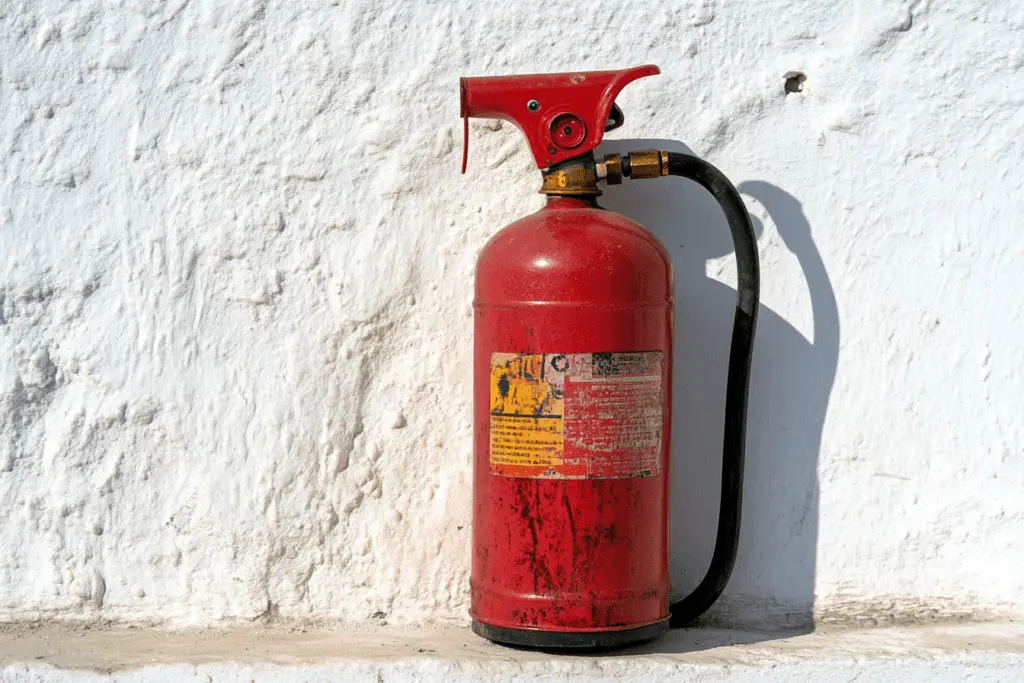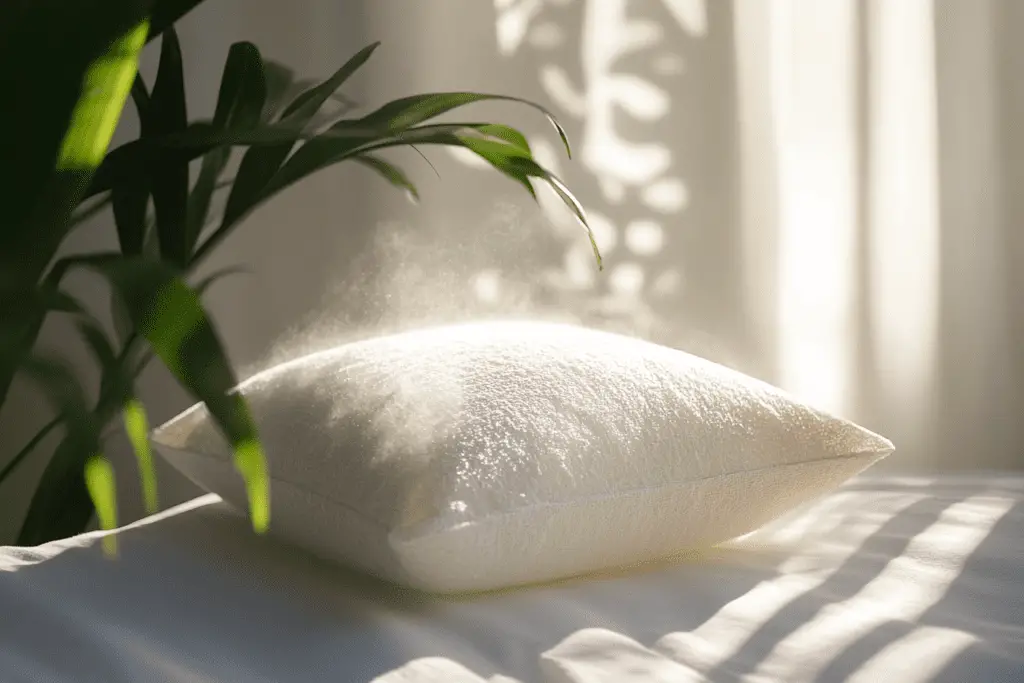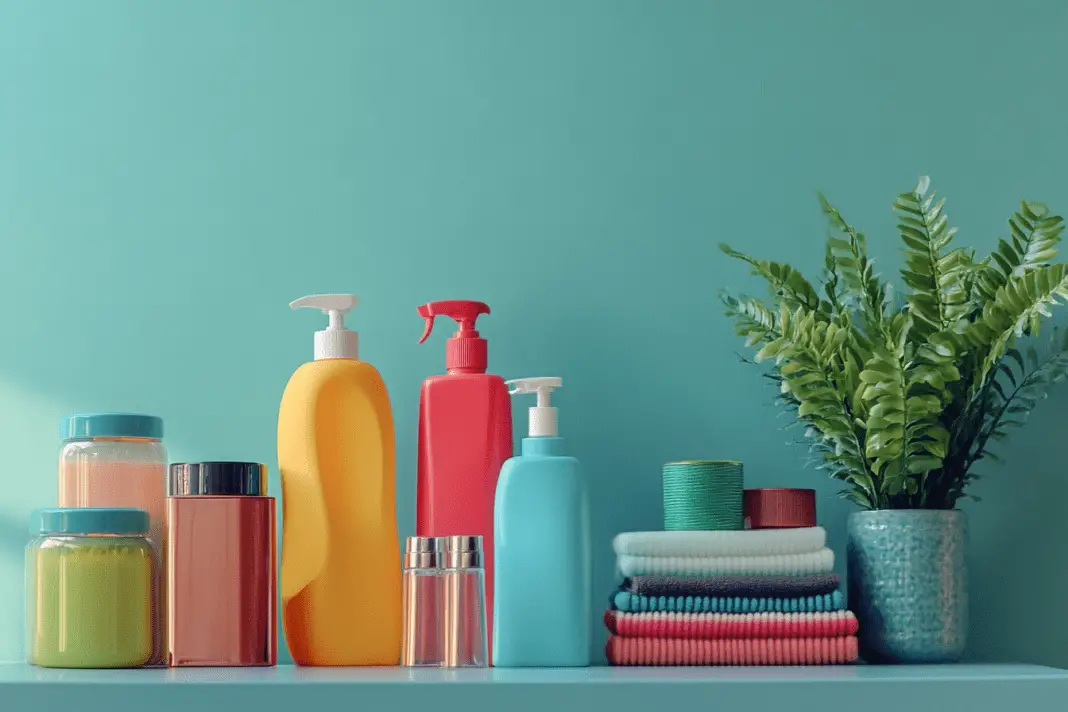We all check expiration dates on food items, but what about other household essentials? Many common items in your home have expiration dates that might surprise you. Understanding when to replace these items can impact both their effectiveness and your family’s safety.
Your fire extinguisher needs regular checks

That fire extinguisher mounted in your kitchen isn’t a “set it and forget it” device. While many are advertised to last 15 years, they require monthly pressure gauge checks and annual servicing.
What if your fire extinguisher fails during an emergency? Regular maintenance ensures it will work when you need it most. Mark your calendar for monthly checks and annual professional inspections.
Household cleaners lose effectiveness over time
Different cleaning products have varying shelf lives. Bleach remains effective for only 6 months after opening, while multi-surface cleaners typically last 2 years.
Store cleaning products in a cool, dry place away from direct sunlight to maximize their lifespan. Check product labels for manufacturing dates and storage instructions.
Pillows harbor unwanted guests after two years

Replace your pillows every 1-2 years to prevent buildup of dust mites and bacteria. Even with regular washing, pillows accumulate these unwanted inhabitants over time.
Test your pillow’s condition by folding it in half. If it doesn’t spring back to shape, it’s time for a replacement.
Power strips wear out faster than you think
Most people keep power strips until they stop working, but they should be replaced every 1-2 years. Worn-out power strips can pose electrical hazards.
Watch for signs of wear like discoloration, damage to the cord, or loose connections. These indicate immediate replacement is needed.
Paint has a limited shelf life

Unopened paint cans last up to 10 years, but opened ones should be used within 2-5 years. Proper storage above 50 degrees Fahrenheit prevents premature aging.
Store paint cans upside down to create an airtight seal. This prevents the formation of a skin on top of the paint and extends its usability.
Hydrogen peroxide becomes ineffective quickly
This common antiseptic expires within 2 months of opening. Unopened bottles last about a year. The telltale sign? No bubbles when applied means it’s lost its effectiveness.
Store hydrogen peroxide in its original dark bottle, as light exposure speeds up decomposition. Keep track of when you open it to ensure maximum effectiveness.
Regular checks of expiration dates on household items protect your family’s safety and ensure products work as intended. Create a maintenance schedule and set reminders for checking these often-overlooked items. When in doubt about a product’s age or condition, replace it – safety should always come first.

